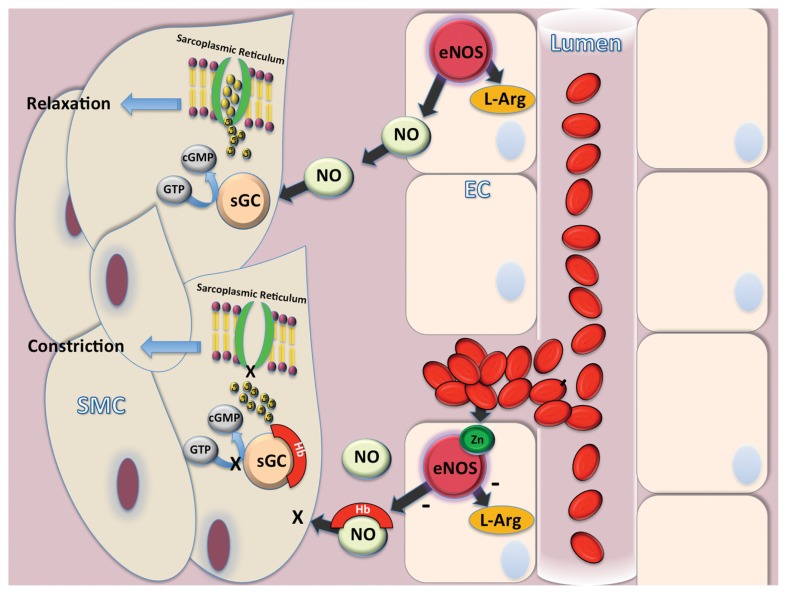Figure 1.
Main EPO signaling pathways. Following the EPO binding with the complex EPO receptor (EPOR) and β common receptor (βCR), Janus tyrosine kinase 2 (JAK2) is activated. At this time, a secondary signaling pathway involves mitogen-activated protein kinase (MAPK), phosphatidylinositol 3-kinase (PI3K) and nuclear factor-κB (NF-κB). Signal transduction and activator of transcription 5 (STAT5) can also be triggered. These processes allow an increase in antiapoptotic proteins of the B-cell leukemia/lymphoma (BCL) family. Some of the pathways act directly, while others indirectly by inhibiting the activity of a group of enzymes called caspases. These are key mediators of apoptosis and are responsible for the degradation of antiapoptotic proteins. EPO also inhibits glycogen synthase kinase 3β (GSK3β), which, in turn, prevents the mitochondrial permeability transition pore, a key factor of cell death, through caspase activation. Finally, EPO modulates the activity of calcium channels through phospholipase C (PLC), thus reducing the release of excitatory neurotransmitters and increasing the production of nitric oxide (NO). Moreover, recent studies reported that EPO promotes neovascularization through an Akt-dependent activation of eNOS in endothelial progenitor cells. The recognized ability of EPO to activate protein kinase B (Akt) and subsequent phosphorylation of eNOS in endothelial cells suggests that increased formation of NO could be an important mechanism underlying the therapeutic effect of EPO.

